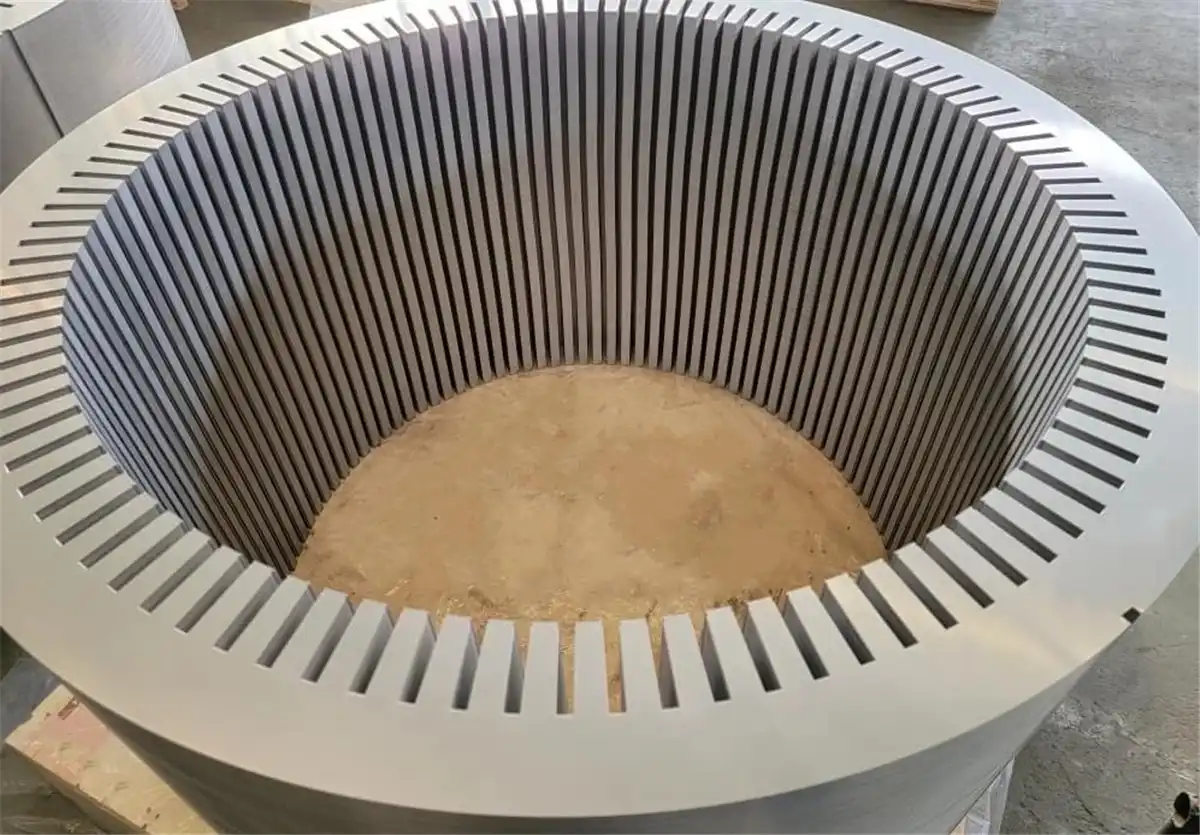

The high-voltage motor is mainly composed of two parts: the fixed part is called the stator, and the rotating part is called the rotor. Another end cover, fan, cover, motor frame, junction box and so on.
The role of the stator is to generate a magnetic field and act as a mechanical support for the high-voltage motor. The stator of the motor consists of three parts: the stator iron core, the stator winding and the frame. The stator winding is embedded in the stator iron core, and the electric energy is converted by the current generated when the electromotive force is induced. The main function of the frame is to fix and support the stator core. When the high-voltage motor is running, the internal heat is dissipated to the frame through the iron core, and then dissipated from the surface of the frame to the surrounding air. Typically, high-voltage motors are designed as cooling plates on the base.
The rotor of a high-voltage motor consists of a rotor core, a rotor winding and a shaft. The rotor core is also part of the magnetic circuit of the motor. The role of the rotor winding is to generate induced electromotive force and electromagnetic torque through the current. The shaft is the main component that supports the weight of the rotor, transmits torque, and outputs mechanical power.